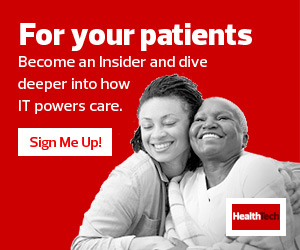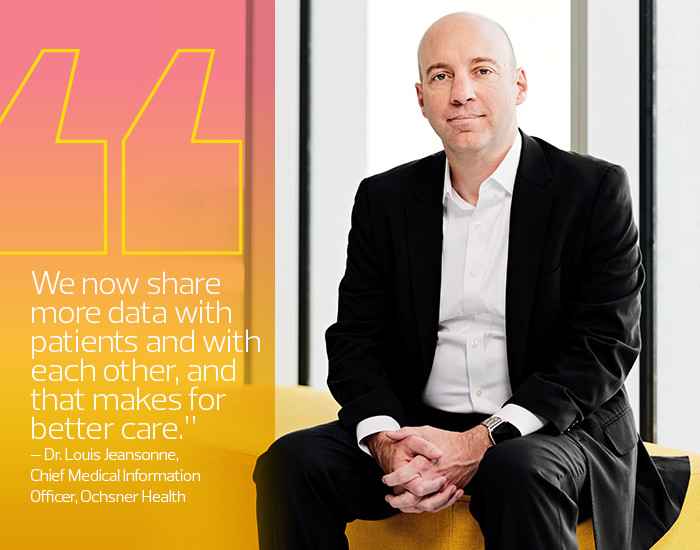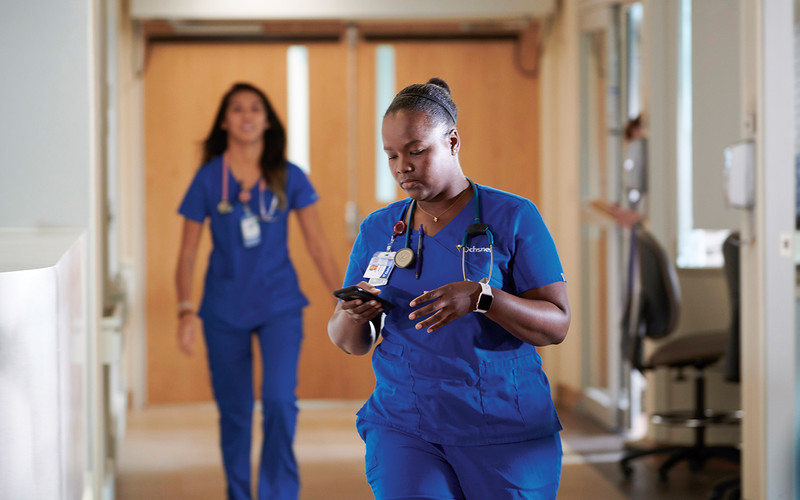Enable Mobility Anywhere for Clinicians
The COVID-19 pandemic rapidly expanded telemedicine access, but it also stoked interest in the value of mobile technologies within the walls of clinical settings, says IDC Research Director Mutaz Shegewi.
“Mobile solutions can provide ubiquitous access to diagnostic test results and medical databases, enable clinicians to see and add documentation to electronic health records from anywhere, and can facilitate rapid videoconferencing for physicians,” Shegewi says.
Some 79 percent of healthcare organizations support smartphones, the top supported device since 2012, according to a 2021 survey from healthcare communications company Spok. There’s also more support for tablet devices.
But the promise of mobility within healthcare brings along many complications, including the need for extra attention to security, privacy and regulatory compliance. The proliferation of endpoints requires mobile device management, as well as application performance management tools. Mobile applications will add to the ongoing explosion in the data that healthcare organizations gather and need to retain and secure, which has a huge impact on back-end systems, Shegewi says.
RELATED: Learn best practices for clinical communication and collaboration device management.
“Alignment is crucial,” he adds. “Align connectivity to the use case; it’s one thing to buy an app or device and another for it to deliver benefits. Devices, apps and all your systems need to work together.”
Trusted, long-term partnerships will help healthcare organizations exploit the potential of mobile technologies and control costs, says Shegewi. This is especially true for the coming transition to 5G networks, which should improve user experience and facilitate innovation, such as the use of virtual and augmented reality technologies in medicine, he adds.
“There’s a lot to take into consideration and to do, but mobile technologies can have a tremendous impact on access to care and quality of care,” Shegewi says.
Artificial Intelligence Tracks Patients and Predicts Health Crises
Ochsner Health deploys a homegrown patient deterioration model system that uses artificial intelligence to track patients’ conditions, predict health crises more quickly than possible with standard monitoring, and send alarms to clinicians’ mobile devices. The cardiac arrest rate outside of Ochsner’s intensive care units has decreased by 40 percent since it started using the system, says Jeansonne. Ochsner also uses a RapidAI application to speed the diagnosis of strokes in emergency rooms and deliver notifications to all relevant clinicians.
Ochsner has hired additional staff to manage the increased network traffic and retained data resulting from the growth in mobile communications, as well as from other digital technologies and telemedicine. Both bandwidth and security on its network have been bolstered, Jeansonne adds.
“We now share more data with patients and with each other, and that makes for better care,” Jeansonne says. “Clinicians love the changes mobile technologies bring, giving them options and making sure communication is open and rapid.”















